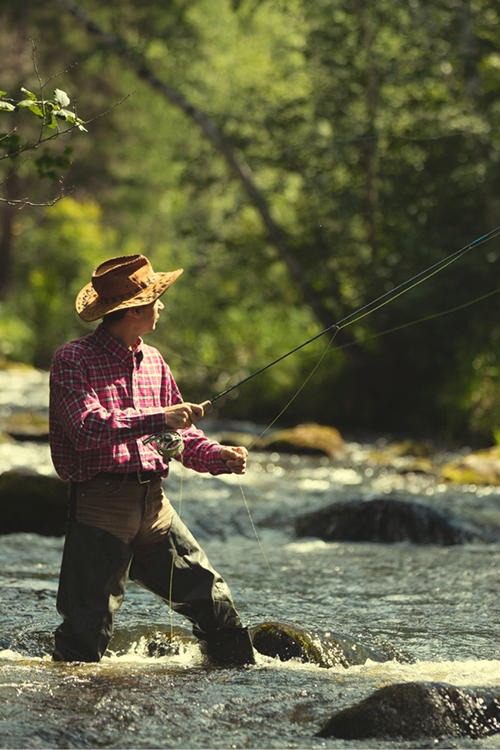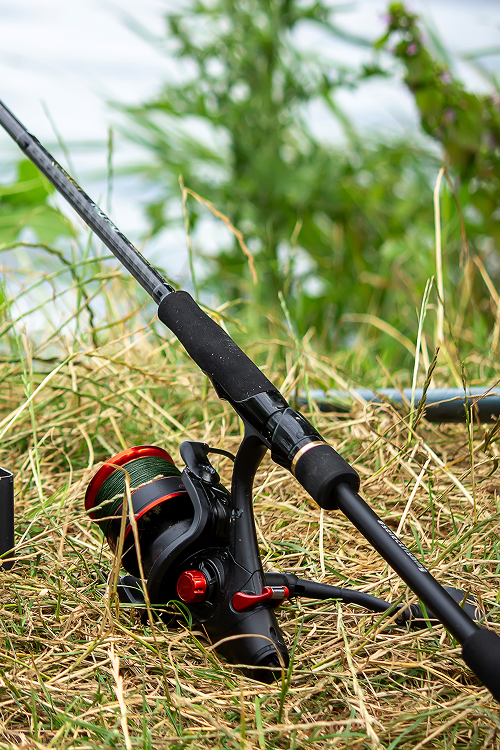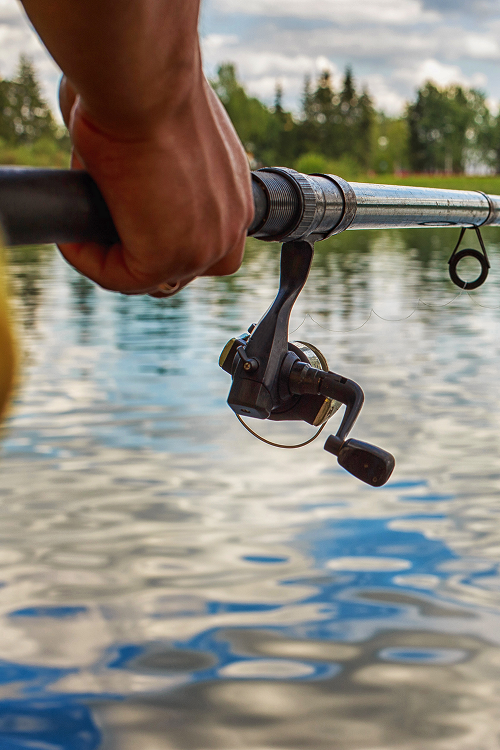We've been fly fishing since the early '90s, and trust us, we've made just about every mistake a beginner can make. The difference is that we learned from them. Imagine if you could skip that trial-and-error stage and tap straight into what took us decades to figure out? If we had to sum up the most common mistake we still see anglers make, it's this: overlooking the small details.
Skipping Casting Practice
We have all lost fish because of this. Hitting the water without it is like jumping into a game without warming up (you're setting yourself up for frustration). Practicing beforehand helps you understand how your line behaves and gives you the control you'll need once a fish is actually in play.
A common slip-up we see is anglers rushing their backcast. They don't give the line enough time to straighten out before coming forward, which usually leads to sloppy presentations, spooked fish, or even snapping a fly clean off.
The fix? Slow down and watch your line. Pay attention to each stage of your cast, and you'll start to feel that rhythm where everything clicks. With just a little practice, you'll spend less time untangling and more time fishing.
Using Too Much Line Or Wrong Fly Rod
If your line and rod setup doesn't match the water or conditions, you'll end up fighting your gear instead of the fish. The wrong weight or action can make your casts land with a splash, kill your accuracy, and leave you constantly correcting just to stay in control. Plus, a rod that's too short, too heavy, or too stiff will feel like wrestling your line rather than casting it.
A lot of beginners also get caught up trying to bomb out 60–80 feet of line just to look impressive. The truth is, you don't need to throw that much to catch fish (especially trout in streams). Most of the time, the fish you're after are feeding within a much shorter range. It's not about distance, it's about presentation.
Inspecting the Rig
Another slip-up we see all the time is fly fishermen forgetting to check their rig. A little bit of moss, mud, or river debris clinging to your line or leader might not seem like a big deal, but it can throw off your cast and even spook fish before your fly ever reaches them.


